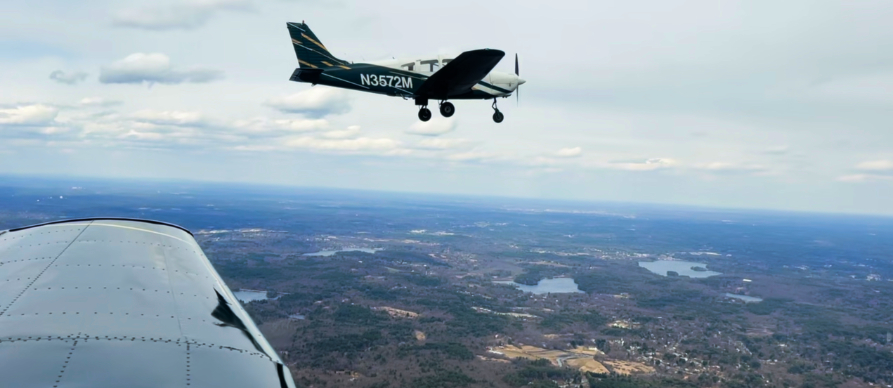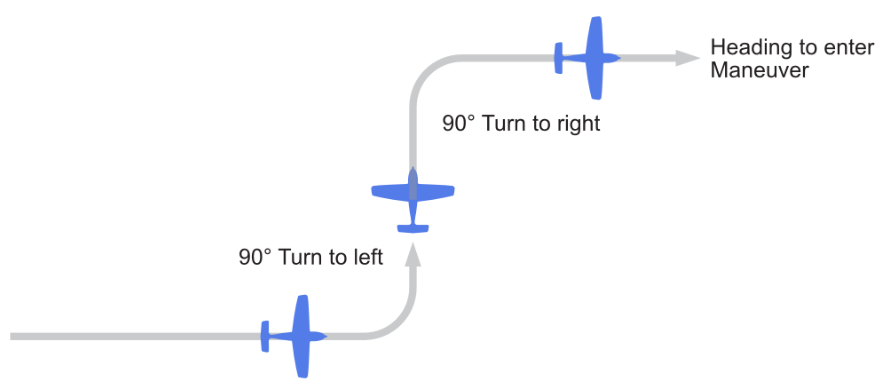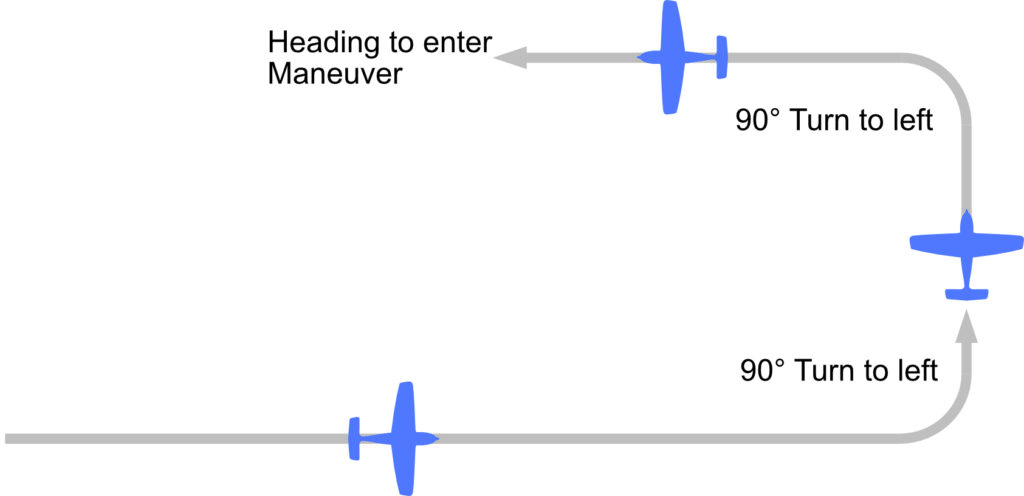
Safety is always the first and foremost consideration whenever operating or flying in any aircraft. Safe operation of the aircraft you are flying and the safety of other flight operations in the vicinity must take priority over all else.
Collision Avoidance
All pilots must be alert to the potential for midair collision and impending loss of separation. The general operating and flight rules in 14 CFR part 91 set forth the concept of “See and Avoid.” This concept requires that vigilance shall be maintained at all times by each person operating an aircraft regardless of whether the operation is conducted under IFR or VFR. Pilots should also keep in mind their responsibility for continuously maintaining a vigilant lookout regardless of the type of aircraft being flown and the purpose of the flight.
- Most midair collision accidents and reported near midair collision incidents occur in good VFR weather conditions and during the hours of daylight.
- Most of these accident / incidents occur within 5 miles of an airport and / or near navigation aids.
Whenever you are flying, particularly when you are preparing to practice maneuvers, aerobatics, or any other activity that requires a significant change in the aircraft’s flight path, clearing the area is required in order to see and be seen to avoid potential mid-air collisions. Clearing the area is performed to ensure that the area around the area of operation is clear of any other traffic before starting a specific flight operation.
There are many different types of clearing procedures. Most are centered around the use of clearing turns. The essential idea of the clearing turn is to be certain that the next maneuver is not going to proceed into another airplane’s flightpath. Some pilot training programs have hard and fast rules, such as requiring two 90° turns in opposite directions before executing any training maneuver. Other types of clearing procedures may be developed by individual flight instructors.
Pilots should remember that while executing clearing turns that they must look for other aircraft, including helicopters, and look for obstructions such as radio towers and wires. In addition, pilots should consider engine failure and have one or more locations available for an emergency landing.
Clearing Turns
Clearing the area should always consist of two 90° clearing turns. Usually clearing turns will be performed at a 90° turn to the left and a 90° turn to the right. (below) This allows the pilot to observe the entire area where maneuvers are going to be carried out.

In lieu of a 90° turn to the left followed by a 90° turn to the right, it is permissible for the clearing turns to be in the same direction. For example you may turn 90° to the left followed by a 90° to the left for a 180° degree turn in total (below). The same considerations must be given to clearing the area of traffic as you would for a left turn followed by a right turn. A 180° clearing turn can be used to position the aircraft in order to enter a maneuver at the required heading.

Clearing turns will only be initiated after clearing left / clearing right and then beginning a turn to the left first. Pilots will continue looking to the left and the right, as well as above and below the airplane during and after clearing turns are performed.
Clearing Turns are mandatory whenever you are preparing to perform maneuvers such as:
- Ground Reference Maneuvers
- Performance Maneuvers
- Stalls
- Emergency Procedures
Before performing any maneuver, the pilot should make a radio announcements on the practice area frequency. (123.5)
Note: The Airmen’s Certification Standards makes the reference in the skills section for maneuvers to “clear the area” You should read this as a requirement to carry out a full pre-maneuver checklist – CAMPS
CHAMPS checklist
Student pilots will perform the CHAMPS checklist prior to every maneuver. CHAMPS is an acronym for the actions that are required to be carried out. The checklist consists of:
- Clearing Turns : Two 90-Degree Turns: The pilot performs two 90-degree turns in opposite directions. For example, a 90-degree turn to the left followed by a 90-degree turn to the right. This method ensures that the pilot gets a clear view of the area in all directions.
- Heading : Use the clearing turns if possible to turn to the desired heading on which you are going to enter the maneuver on.
- Altitude : You should get to the required altitude (as per the maneuver requirements) prior to entering the maneuver.
- Mixture Rich : Ensure the airplane’s mixture control is in full rich (not leaned) position.
- Place to Land / Fuel Pump On : Ensure you have located a suitable place to land in case of any emergency situation that might occur during the execution of the maneuver. Ensure the electric fuel pump is turned on.
- Switches / Seat Belts : Ensure all switches are in the position required for the maneuvers and all occupants of the airplane have their seat belts on and are secure.
Completing the CHAMPS checklist and constantly clearing the area must become a habit, until clearing is done habitually. The pilot should choos an appropriate area, ideally over less populated terrain, and at a safe altitude where there is minimal air traffic.
Clearing the area should be a reflex and not another flight maneuver. Just like we look both ways before crossing a street (without even thinking).
Best practices for clearing the area are:
- Listen over the radio and announce. Practice area traffic is expected to monitor 123.5 Listen, even when not actively communicating.
- Maintain situation awareness; which includes knowing everything that is around you, and that is going on around you.
- Visual Scanning: Throughout the turns, the pilot continuously scans for other aircraft, looking in all directions including above and below the aircraft. While clearing ensure you are scanning and actively looking and verbalizing your clearing. Simply glancing out is not enough.
- Completion and Observation: After completing the clearing turns, the pilot resumes a stable flight path and continues to monitor the airspace for any approaching traffic.
- Practice – See and be Seen – use aircraft lighting and shallow turns to increase the aircraft’s profile.
- Focus on clearing the area of any potential collision hazards, and not just focus on “performing” a maneuver.
- The process of clearing the area is not limited to just clearing turns. This is an ongoing process, in-flight and on the ground.
- Look for shadows on the ground, and the sun’s position relative to you.
- Read and share AC 90-48B – Pilot’s Role in Collision Avoidance.